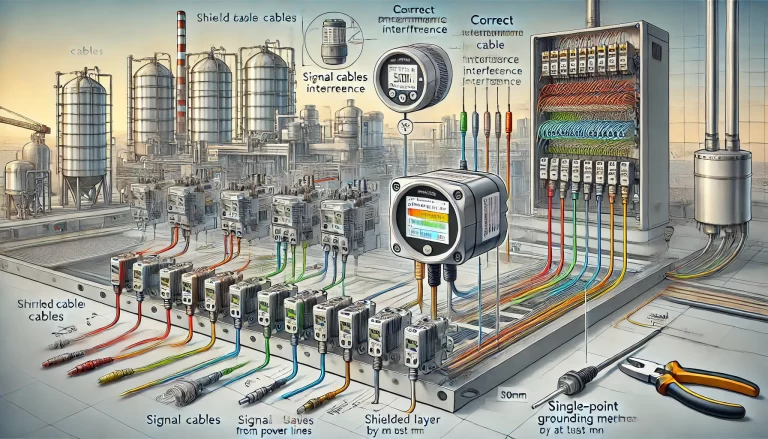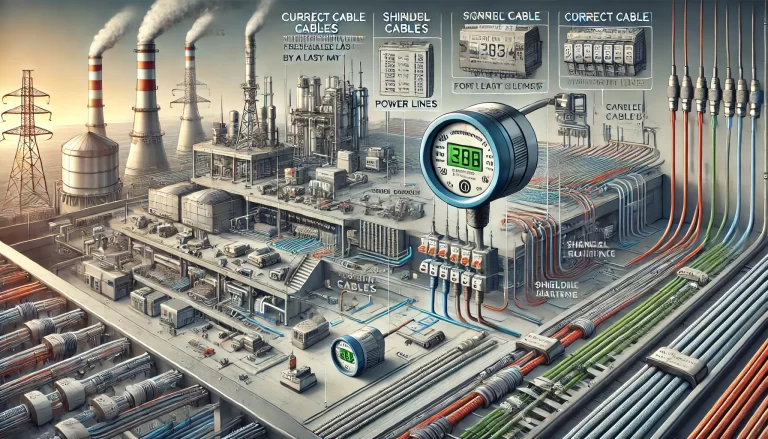Introduction
Temperature sensors are instruments that convert temperature variables into standardized output signals, widely used in industrial processes for temperature monitoring and control. Despite their reliability, users—whether engineers, technicians, or maintenance personnel—often encounter various issues during field applications. This article introduces the most common causes of temperature sensor failures and provides practical guidance for troubleshooting and prevention.

1. Power Supply-Related Failures
Most industrial temperature sensors operate within a DC voltage supply range of 8.5V to 30V, with 12VDC and 24VDC switch-mode power supplies being the most commonly used in the field.
Typical Issues:
Undervoltage: When the supply voltage is too low, the sensor may stop functioning but usually will not be damaged.
Overvoltage: If the supply voltage exceeds the specified range, it can permanently damage the sensor’s internal electronics.
Recommended Measures:
Always verify the power supply voltage with a multimeter before connecting the sensor.
Use overvoltage protection devices, such as TVS diodes or regulated power supplies.
Avoid wiring mistakes or sudden surges when powering up the system.

2. Damage from Surge Events
Surge damage is one of the most common and destructive issues affecting temperature sensors. A surge is a short-duration, high-energy pulse that can occur within microseconds.
Common Causes:
Switching of heavy electrical loads
Short circuits
Motor start-ups or stops
Lightning strikes (especially in outdoor installations)
Preventive Strategies:
Choose sensors equipped with internal surge protection circuits.
Implement shielded cabling and proper grounding systems.
Isolate the sensor signal and power lines from high-power equipment.

3. Electromagnetic Interference (EMI)
Electromagnetic interference can be introduced by nearby motors, transformers, high-voltage power lines, radio transmission equipment, or even large metal objects moving through the area. EMI can lead to signal distortion, unstable readings, or communication errors.
Typical Scenarios:
Fluctuating or noisy temperature signals
Sensor communication loss with control systems
False alarms or erratic PLC behavior
Mitigation Techniques:
Use twisted-pair shielded cables and connect the shield to a single-point ground.
Maintain physical separation between sensor wiring and power cables.
Add ferrite cores or EMI filters near signal lines.
During system design, always consider EMI susceptibility and plan wiring routes accordingly.

Conclusion
Proper installation and protection are essential for ensuring long-term performance and reliability of industrial temperature sensors. Most failures can be prevented through correct power supply management, surge protection, and effective EMI shielding. Experienced engineers and technicians should evaluate the on-site electrical environment and take proactive measures during both system design and field implementation.
For critical applications, always follow manufacturer guidelines and consider adding redundant sensors or protective modules for enhanced reliability.
